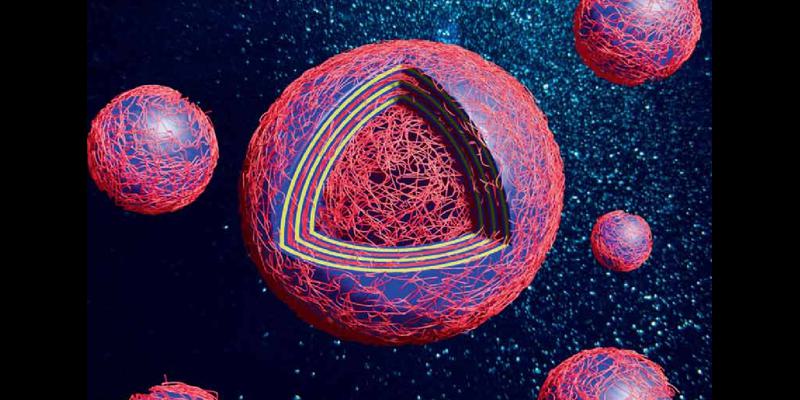- Imprimer
- Partager
- Partager sur Facebook
- Partager sur X
- Partager sur LinkedIn
Séminaire
Le 20 novembre 2023

Leonardo Chiappisi (ILL)
One of the main privileges of colloidal scientists is the possibility to observe small building blocks assembling into intricate supramolecular structures, like a spectacular Lego game every child may only dream of. On a more serious note, one of the primary goals in colloidal science is to understand the fundamental mechanisms driving the assembly of surfactants, polymers, nanoparticles, and other colloidal objects into highly complex, responsive structures. These responsive soft matter systems are ubiquitous, ranging from food, homecare products, drug delivery systems, to, ultimately, living tissues, all falling within the domain of soft condensed matter. They are characterized by high structural and dynamic complexity, which require a broad combination of techniques and approaches for comprehension.
In this contribution, I will present an overview of three distinct explorations of soft matter systems:
- The spontaneous assembly of chitosan, a cationic polysaccharide with oppositely charged fatty acids, revealed unexpected structural diversity. This diversity can be exploited for designing responsive delivery/recovery systems and smart coatings. By employing small-angle neutron scattering, neutron spin-echo, and neutron reflectometry, alongside several lab-scale techniques, we shed light on these highly fascinating mixtures.
- Hydrostatic pressure, a fundamental thermodynamic parameter, profoundly influences the physicochemical properties of colloidal systems. It serves as a powerful tool for investigating their structural or self-organization properties. Herein, we will use high pressure to explore the coil-to-globule transition in non-ionic polymer systems, specifically in polymer brushes.
- Foams represent one of the most complex colloidal systems I encountered, with their properties depending on virtually every length scale: from the nanometer-thick surfactant layer stabilizing the air-water interface to the macroscopic size of the foam cells. To probe the structure and aging processes in liquid foams, we recently developed a new setup that combines small-angle neutron scattering with conductivity measurements and optical imaging, delivering a full-scale characterization of the liquid foam.
Contact: Lionel Bureau
Date
14:00
Localisation
LIPhy, salle de conférence
- Imprimer
- Partager
- Partager sur Facebook
- Partager sur X
- Partager sur LinkedIn